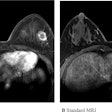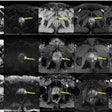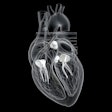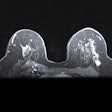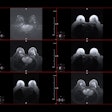In 2024, the percentage of MRI procedures performed in an outpatient setting decreased five percentage points to 66% of total MR procedures, according to the newly published IMV 2024 MR Market Outlook Report. In contrast, the percentage of MRI procedures performed in an emergency hospital setting increased two percentage points, to 14%, and the percentage performed in an inpatient hospital setting increased three percentage points, to 20%.
 Davin Korstjens of IMV Medical Information Division.
Davin Korstjens of IMV Medical Information Division.
The data indicate a shift in the location where MRI procedures are performed from outpatient settings to inpatient and emergency settings.
| Mix of MRI procedures by care setting | ||
|---|---|---|
| Care setting | 2024 MRI procedure mix | Change vs. prior year in percentage points |
| Outpatient | 66% | -5 |
| Inpatient | 20% | +3 |
| Emergency | 14% | +2 |
Going forward, 73% to 85% of 200-plus bed hospitals and 67% of those with fewer than 200 beds anticipate their 2025 MRI procedure volumes will increase in 2025; independent imaging centers estimate MRI procedure volumes will increase to 63%.
| Percentage of sites anticipating an increase in MR procedures | |
|---|---|
| Site type | Percentage of sites anticipating an MR procedure volume increase in 2025 |
| Independent imaging centers | 63% |
| Less than 200-bed hospitals | 67% |
| 200- to 399-bed hospitals | 73% |
| More than 400-bed hospitals | 85% |
The report found a few key differences between outpatient sites and hospital sites. Regarding MRI capacity, 75% of independent imaging centers have one system per site, compared with 3% of 400-plus-bed hospitals and 41% of 200- to 399-bed hospitals, which have more units. Independent imaging centers also have fewer MRI technicians per site compared with hospitals, at an average of three compared to an average range of 4.2 to 6.7. These data may indicate that it is more convenient for referring physicians to send their patients to hospital sites for imaging procedures rather than to independent imaging centers -- and more convenient for patients to undergo imaging in a hospital.
Finally, independent imaging centers are open for an average of 11.4 hours per day on weekdays, compared with 11.6 to 17.6 hours for hospital sites. Over the weekend, independent imaging centers are open for 7.8 hours, while hospital-based sites tend to be open for 10.2 to 23.4 hours.
The takeaway? The combination of lower volume capacity indicated by fewer MRI systems per site and fewer operating hours for independent imaging sites compared with their hospital counterparts likely plays a role in the shift in procedure volumes to hospital-based sites -- although it does not fully explain the change, as the mix of outpatient procedures is decreasing overall as well. This is a trend worth watching as it develops further.
Want to share your knowledge of medical imaging? Click here to sign up for the IMV Survey panel today.
Davin Korstjens is the Director of Market Intelligence at IMV Medical Information Division, part of Science and Medicine Group.
IMV's 2024 MR Market Outlook Report explores market trends in U.S. hospitals and imaging centers, including procedure volume, manufacturer-installed base features and share, the use of OEM vs. third-party service providers, purchase plans, brand loyalty, and site operations characteristics. The report was published in December 2024 and is based on responses from 312 radiology/departmental administrators and clinicians who participated in IMV's nationwide survey from June - October 2024. Vendors covered in this report include Bayer, Bracco, Canon, Fujifilm, GEHC, Guerbet, Philips, Siemens, and United Imaging.
For information about purchasing IMV Market Outlook Reports, visit the corporate website at https://imvinfo.com/ or call 703-778-3080 ext. 1033 to speak with a representative.
Disclosure: IMV Medical Information Division is a sister company of AuntMinnie.com.


.fFmgij6Hin.png?auto=compress%2Cformat&fit=crop&h=100&q=70&w=100)


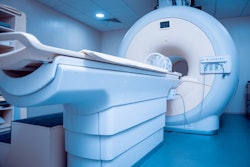
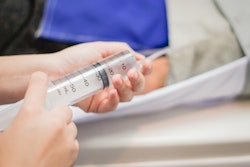
.fFmgij6Hin.png?auto=compress%2Cformat&fit=crop&h=167&q=70&w=250)

